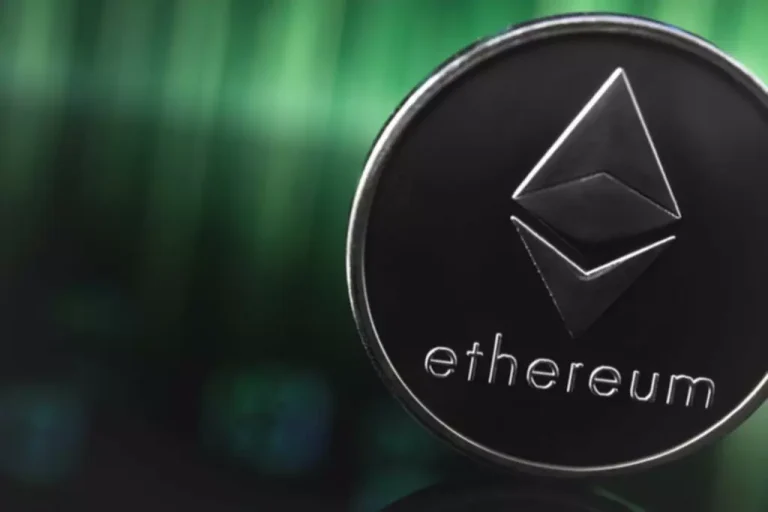The world of DeFi Yield farming is a rapidly evolving and dynamic landscape that gives immense alternatives for buyers and crypto lovers. YouHodler is a world crypto-financial platform that provides quite lots of companies, together with yield farming. It supplies a range of features, including yield farming, which permits users to earn passive income by lending their crypto belongings. Yield farming can be a complicated process, because it entails understanding different protocols, risks, and strategies. However, OKX aims to simplify this process by offering a user-friendly interface and guiding customers via the varied yield farming choices out there. Overall, OKX is a robust trade for these looking to participate in yield farming and earn passive earnings in the crypto house.

The significance of LP tokens extends further as DeFi platforms offering liquidity mining applications set up staking interfaces for them. This allows liquidity providers to lock of their funds, incomes automatic and steady rewards in the form of governance tokens. By understanding the nuances of LP farms, users can optimize their participation in crypto yield farming.
This sort of asset is identified as a governance token, and it presents holders voting rights that give them power over platform adjustments. Interest within the token jump-started its reputation and moved Compound into the leading place in DeFi. The benefit of DeFi is that you can stack decentralized applications (dApps) to maximise returns. For example, an investor may determine to purchase DAI and then use Compound to lend it and earn curiosity. The decentralized nature of DeFi means everything could be done through your smartphone. In the lengthy run, it will probably6 be commonplace to purchase property or land utilizing dApps utilizing good contract agreements.
Brief History And Evolution Of Yield Farming
Both platforms offer yield farming features, permitting users to earn rewards by providing liquidity to totally different trading pairs within their swimming pools. Uniswap is understood for its easy and user-friendly interface, whereas SushiSwap provides extra options similar to yield aggregation and staking of SUSHI tokens. This is usually accomplished by depositing a pair of cryptocurrencies right into a liquidity pool. In return for offering liquidity, farmers earn charges generated from the trades and additional rewards paid out by the protocol, often in the type of governance tokens. The yield could be calculated based mostly on the pool’s buying and selling volume, the proportion of the liquidity provided, and the specific reward structure of the protocol. DeFi Yield Farming is a decentralized finance (DeFi) technique the place customers provide liquidity to DeFi platforms and earn rewards within the type of tokens.
The combination of NFT gaming and yield farming on Battle Infinity creates a singular ecosystem where players can both earn monetary rewards and enjoy an immersive gaming experience. It provides a model new means for crypto fanatics to participate in decentralized finance (DeFi) whereas additionally enjoying the entertainment worth of gaming. Decentralized Finance (DeFi) is transforming the financial panorama by providing revolutionary ways to earn yields on digital belongings. Two of the most distinguished methods within DeFi are yield farming and staking.

It’s low fees and excessive yield rates make it an attractive choice for cost-conscious farmers who wish to maximize their earnings. BlockFi is a centralized finance (CeFi) platform that offers aggressive APYs for Bitcoin and other major cryptocurrencies. Although not a typical yield farming platform, it is a good possibility for those on the lookout for stable returns and a more traditional method to earning yields on their crypto holdings.
Underlying Protocols And Mechanisms
Yield farming may be profitable, but it’s only as profitable as the market permits. The cryptocurrency market, no matter how it is used to make money, could be very risky. Cryptocurrency change Kraken shut its U.S. staking-as-service enterprise after regulatory action by the U.S. Coinbase is also under regulatory scrutiny but maintains that its staking services usually are not securities. DeFi allows anyone to engage in all sorts of monetary activities — which beforehand required trusted intermediaries, ID verification and plenty of fees — anonymously and at no cost. Yield farming is a new way of earning money with cryptocurrency that has become a serious phenomenon this 12 months.

The interface is designed to be intuitive, making it easy for customers to navigate through the platform’s features, together with staking, swapping, and managing liquidity positions. Aerodrome Finance leverages a sturdy liquidity incentive engine that encourages customers to provide liquidity by providing enticing rewards. This system ensures that there’s all the time ample liquidity obtainable on the platform, which is crucial for efficient trading. As blockchain is immutable by nature, most often DeFi losses are everlasting and can’t be undone. It is due to this fact suggested that users actually familiarize themselves with the risks of yield farming and conduct their very own research.
How Chainalysis Makes Use Of Transpose To Investigate Yield Farming
What’s the best way of understanding tips on how to yield farm with as little danger as possible? Dedicated instruments exist to work out the likely value, for instance, predictions exchanges, which monitor adjustments in non-stablecoin token prices. There are also secondary issues, such because the Ether fuel worth, which has spiked lately, resulting in inflated transaction fees for ERC-20 token transfers.
Impermanent loss is the distinction between the initial value of funds deposited into a liquidity pool and their subsequent worth. For example, fast token price shifts may cause deposited funds to lose most of their value. Although there are numerous yield farming methods — both active and passive — the three main elements are staking, lending, and offering liquidity.
Another method is to participate in a platform that provides excessive transaction fee revenue, which may compensate investors for some losses. Yield farmers are keen to take excessive risks to hit double or triple digits APY returns. The loans they take are overcollateralized and vulnerable to liquidation if it drops beneath a certain collateralization ratio threshold.
Understanding how yield farming works is crucial for anybody trying to take part in decentralized finance (DeFi) and maximize their returns. Yield technology begins with the addition of funds to liquidity swimming pools, which are basically good contracts containing property. These liquidity pools kind the backbone of a marketplace the place customers can change, borrow, or lend tokens. By contributing funds to those swimming pools, users become liquidity suppliers and earn rewards in the type of fees generated by the underlying DeFi platforms. Unlike typical yield farming platforms, BlockFi does not involve complicated liquidity mining or staking mechanisms. Instead, customers can earn yields on their crypto holdings by depositing them into BlockFi’s interest-bearing accounts.
These rewards can embody transaction fees, governance tokens, or newly minted tokens, offering members a possibility to earn passive earnings on their cryptocurrency holdings. DeFi Yield Farming Development Services Swap is a DEX on the Ethereum network that enables customers to earn yield rewards by staking particular liquidity supplier tokens. It presents one of many highest APYs in the market, up to 75% on DeFi Coin tokens.
Exploring The Potential Of Yield Generation
The practise of putting cryptocurrency to work in this means, usually in a number of capacities at once, is what is called yield farming. There are already virtually infinite permutations of yield farming — for instance, you’ll be able to put up cryptocurrency as a mortgage and then borrow from yourself, maximizing returns and token allocation. Explained merely for novices, it’s a approach to maximize the potential profitability of your cryptocurrency by putting it to work as a monetary software. Learn what makes decentralized finance (DeFi) apps work and the way they evaluate to conventional financial merchandise. A decentralized change (DEX) is a sort of trade that focuses on peer-to-peer transactions of cryptocurrencies and digital belongings.

In yield farming, the stake farming technique concentrates on safeguarding the deposits somewhat than providing buying and selling freedom. When compared to liquidity pool farms, stake farms could provide customers with a extra environment friendly expertise. Another yield-generation technique that has traders fascinated is stake farming. The methodology best yield farming platform entails a consumer funding a smart contract with cryptocurrency that has been configured to offer a staking pool. Conversely, it’s extra akin to a decentralized vault for a certain class of asset. Making the most of your cryptocurrency holdings with out letting them lie around is possible with yield technology or farming.
Yield farming is a high-risk investment technique in which the investor provides liquidity, stakes, lends, or borrows cryptocurrency assets on a DeFi platform to earn the next return. Yield farming can attract extra people to DeFi protocols and enhance consumer adoption, regardless of nonetheless being an immature strategy. It is yet to turn out to be an efficient market, that means there are numerous opportunities to discover a excessive return rate compared https://www.xcritical.com/ to traditional finance. It is a posh strategy, so whereas we now have offered an outline right here, you will want to have a look at more detailed guides earlier than venturing into the yield farming world. By supplying cash to one of the liquidity swimming pools, a yield farmer can be rewarded with charges which would possibly be charged for swapping different tokens. With Balancer, for instance, they will get additional BAL tokens, which improve the APY.
Contact us at present to study more about how we may help you notice your DeFi objectives. Yield Farming involves lending or staking crypto property in trade for rewards, sometimes in the type of further cryptocurrency. It leverages liquidity pools — collections of funds locked in a sensible contract — to facilitate buying and selling and provide liquidity.
